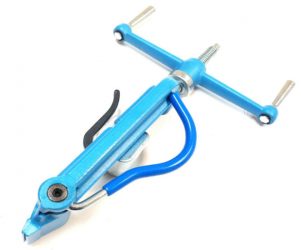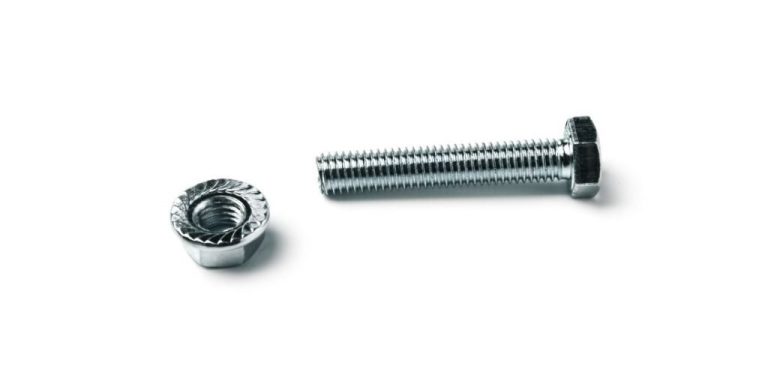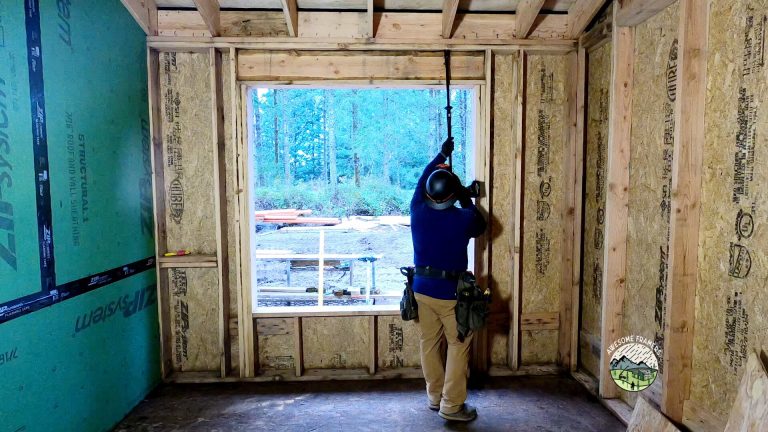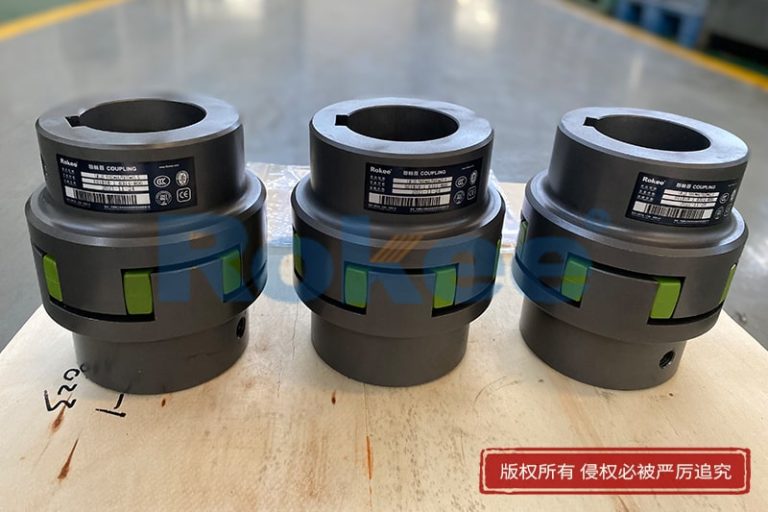Carpentry Industry
Hand Tools
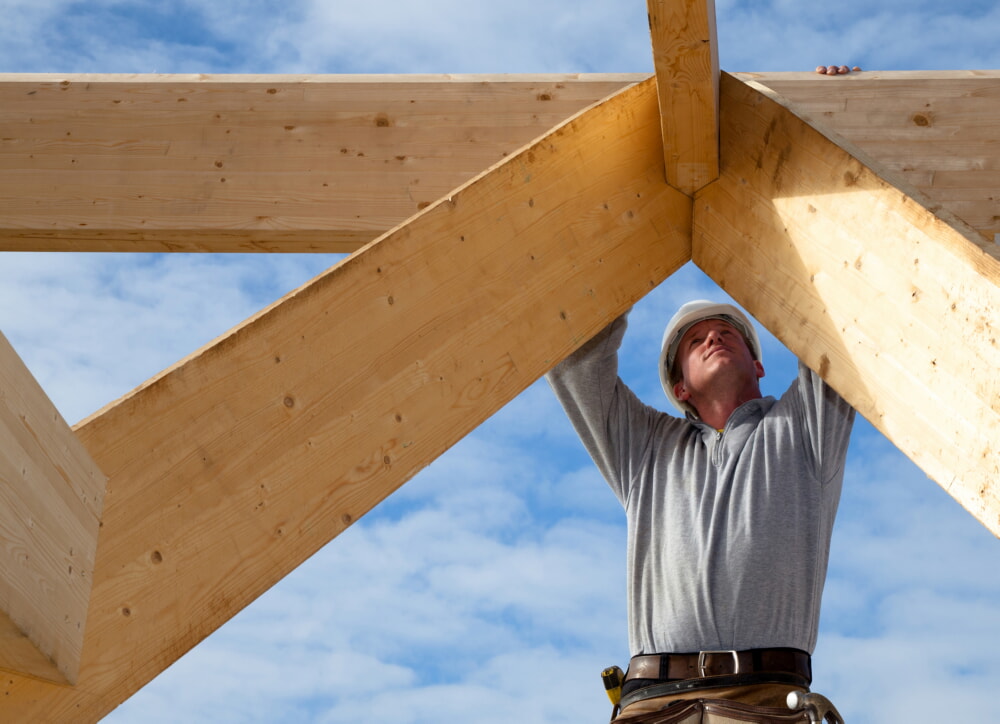
Carpentry Industry
Carpenters work on residential, commercial and industrial construction. They also do finishing work. Carpenters have been in existence for centuries. In the United States, sawmills existed as early as 1623. Carpenters no longer had to use manual cutting methods for slabs and boards. The Industrial Revolution saw the invention of a machine to make cut nails, so carpenters no longer had to wait on a blacksmith. This and future changes as time progressed changed the carpentry and housing industry.
Carpentry 101: Skills Needed
Carpenters must have specific skills to do their jobs. One of the most important skills is critical thinking. A carpenter must also have the following skills to be successful:
- Basic math.
- Algebra.
- Geometry.
- Construction knowledge, including understanding construction materials and when to use them.
- Methods used to build various types of structures.
- Reading blueprints.
- Knowing which tool is the correct tool for the job and how to use that tool safely.
- Strength to handle heavy lumber.
- Attention to detail, especially when measuring.
Certain hand tools, such as saws, can be hazardous to your livelihood and, sometimes, your life. Knowing how to use them safely and wearing the appropriate personal protective equipment (PPE) significantly reduces the risk of injury. Abolox carries PPE for carpenters and other construction sub-industries.
Employment in the Carpentry Industry
In 2021, the United States had about 948,500 carpenters, with an expected industry growth of about 2 percent, which is slower than average. People training as carpenters should have no problem finding jobs this year and in the next several years. According to the Bureau of Labor Statistics (BLS), the median pay for carpenters in 2021 was $48,260 per year or about $23.20 per hour.
Carpenters do not need special training; however, they must have excellent math skills, including algebra and geometry. Most carpenters work as an apprentice until they gain knowledge and experience.
The employment source breakdown for carpenters is:
- Self-employed: 33 percent.
- Residential building construction: 21 percent (207,180).
- Non-residential building construction: 12 percent (119,030).
- Building finishing contractors: 11 percent (115,750).
- Foundation, structure, and building exterior contractors: 9 percent (96,600).
About 16,400 in the carpentry industry work as other specialty trade contractors.
Carpentry Specializations
Some of the specializations in the carpentry industry include:
- Cabinetmakers: These carpenters must perform precise, detailed work to build shelves, cabinets, display cases, tables, and countertops.
- Commercial carpenters: These carpenters usually build and / or remodel offices, schools, churches, shipping malls, tunnels and bridges. The material they use is usually different than that used by residential carpenters.
- Finish carpenters: Finishing is the last stage in the building process. A finisher installs accents, trim and other wood pieces. They also install windows, baseboards and crown molding.
- Framer: A framer is a carpenter that frames a building and is involved in the early stages of a construction project. Framers build the interior and exterior walls of a building and design and build trusses for the roof.
- Formwork carpenter: Many construction projects use concrete as a base. A formworker builds the forms to hold the concrete while it dries. Forms are made from boards and slabs.
- Joiner: A carpenter who builds items by joining wood so that it creates complex pieces.
- Industrial carpenters: An industrial carpenter builds tunnel bracings, rafters, and partitions, such as those found in underground mines.
- Pile driver: A pile driver is a specialized carpenter involved very early in the construction phase. Pile drivers install the pilings used to hold the earth away from the build site and structure the initial foundation.
- Residential carpenters: In most cases, residential carpenters specialize in building new homes and have many construction site skills. They may install floors, erect structures, build stairs and more.
- Rough carpentry: These carpenters build and repair temporary structures and supports, such as concrete forms, tunnels, scaffolds, and temporary frame shelters.
- Scenic carpenters: These carpenters build and dismantle sets used in television, theater productions and filmmaking.
- Trim carpenters: At the end of the construction project, a trim carpenter comes in to install the details found in the home, including baseboards, window casings, mantles, and crown molding.
List of Tools Used by Carpenters
Carpenters use various tools, some of which we carry at Abolox. Some of the more common tools a carpenter uses to do his or her job include:
- Air compressor for power tools.
- Carpenter’s pencil and chalk line.
- Saws, including circular saws, miter saws and table saws.
- Coping saw to finish and shape wood.
- Clamps.
- Dead blow hammer and other hammers.
- Extension cords.
- Framing square.
- Jack plane to smooth wood.
- Levels.
- Nail guns, nail pullers, and nail sets.
- Drills.
- Electric, air-driving and manual sanders.
- Speed squares.
- Screwdrivers.
- Pliers.
- Wrenches.
- Tape measure.
- Tin snips.
- Torpedo level.
- Trim hammer.
- Utility knife.
- Wood chisels.
Work Activities
Depending on a carpenter’s job and where he or she works, she has many work activities, including:
- Applying material to fill in gaps and applying textured and decorative finishes.
- Building frameworks and temporary structures.
- Building concrete molds, footings, wall forms, mantles, stairs, tunnel bracing and furniture.
- Cleaning work sites.
- Constructing walls, door frames, doors, and chutes for pouring concrete.
- Coordinating construction activities.
- Cutting materials.
- Determining site excavation elevations.
- Erecting ladders and scaffolding.
- Estimating length, width and height.
- Finishing the exterior, including installing roofing, doors, windows, and exterior finishes.
- Finishing woodwork surfaces.
- Framing wall systems, ceilings, roofs, decks and floors.
- Inspecting work.
- Replacing damaged framework.
- Installing fixtures, structural components, structures, flooring, paneling, trim, window frames, windows, doors and temporary floor protection.
- Supervising and directing laborers.
- Joining materials.
- Laying out building sites.
- Measuring.
- Mixing compounds and substances.
- Minor welding and plumbing.
- Prepping hazardous waste for disposal or processing.
- Removing old material from the construction site.
- Repairing furniture.
- Ordering construction materials.
- Using hand tools and materials, including nails, screws, dowels, glue, chisels, saws, planes, drills, and sanders.
- Working on ladders, scaffolding, stilts, and tops of beams.
Safety
Carpenters work with sharp tools, heavy materials and from heights, so the ways they might injure themselves on the job are many. Common injuries include face and eye injuries, hand injuries and impact injuries. To minimize the risk of injuries, carpenters should wear personal protective equipment, including:
- Hard hats.
- Gloves.
- Face protection.
- Goggles and / or safety glasses.
- Steel toe boots.
- Hi-vis clothing.
- Aprons.
- Welding clothing.
Abolox carries many hand tools and PPE that carpenters use in their daily jobs. Browse our pages to find the tools and PPE you need for yourself and your employees. If you don’t see something you need, call the office, and we’ll source it.

